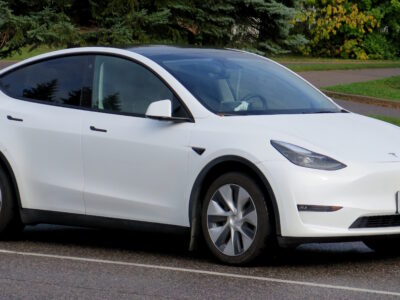
Nissan Xterra Oxygen Sensor: Complete Guide to Location, Symptoms, and Replacement
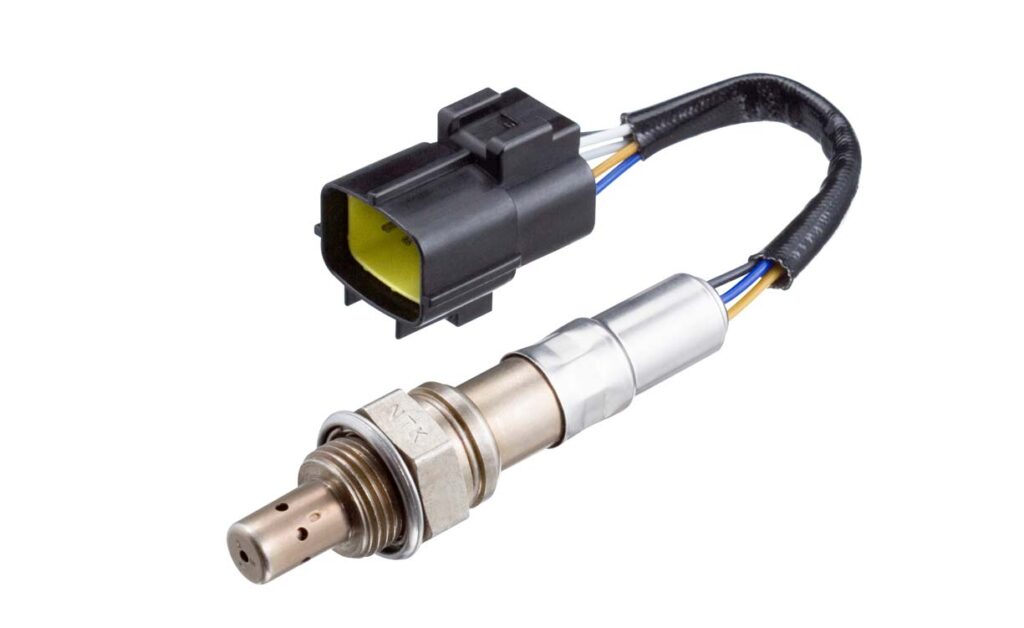
The oxygen sensor—often called the O2 sensor or lambda sensor—is one of the most critical components in maintaining the Nissan Xterra’s performance and fuel efficiency. In this complete guide, we explore how it works, where it’s located, the symptoms of failure, and how to replace it to restore your Xterra’s optimal operation.
- What the Oxygen Sensor Does in the Nissan Xterra
- Oxygen Sensor Location in the Nissan Xterra
- Common Symptoms of a Faulty Oxygen Sensor
- How to Diagnose Oxygen Sensor Problems
- Recommended Replacement Interval
- Step-by-Step Oxygen Sensor Replacement (Nissan Xterra 2000–2015)
- OEM and Aftermarket Oxygen Sensor Options
- Cost of Oxygen Sensor Replacement
- Preventive Tips to Extend Sensor Life
- Conclusion
What the Oxygen Sensor Does in the Nissan Xterra
The oxygen sensor measures the amount of unburned oxygen in your Xterra’s exhaust gases. This data is sent to the Engine Control Unit (ECU), allowing it to adjust the air-fuel ratio precisely.
By maintaining the correct balance, the sensor ensures:
- Optimal fuel economy
- Smooth engine operation
- Reduced emissions
- Longer catalytic converter life
A malfunctioning sensor can lead to inefficient combustion, reduced power, and increased fuel consumption.
Oxygen Sensor Location in the Nissan Xterra
Depending on the engine type and model year, the Nissan Xterra may have one or two oxygen sensors:
- Upstream Sensor (Bank 1 Sensor 1) – Located before the catalytic converter, directly on the exhaust manifold. It measures the oxygen level in exhaust gases exiting the engine.
- Downstream Sensor (Bank 1 Sensor 2) – Positioned after the catalytic converter, it monitors the converter’s efficiency.
Common Symptoms of a Faulty Oxygen Sensor
A failing O2 sensor often triggers the Check Engine Light on your dashboard, but several other symptoms may also appear:
You may be interested in reading Nissan Xterra Oil Change Guide (2005–2015): Complete Step-by-Step Procedure for the VQ40DE Engine
Nissan Xterra Oil Change Guide (2005–2015): Complete Step-by-Step Procedure for the VQ40DE Engine- Rough idling or engine misfires
- Decreased fuel efficiency
- Poor acceleration or sluggish performance
- Black smoke or strong fuel smell from exhaust
- Failed emissions test
- Check Engine Light codes such as P0130–P0161
Ignoring these warning signs can cause damage to the catalytic converter—one of the costliest parts of the exhaust system.
How to Diagnose Oxygen Sensor Problems
To verify if the O2 sensor is the culprit:
- Scan for Trouble Codes – Use an OBD-II scanner to detect error codes like P0133, P0138, or P0141.
- Check Sensor Voltage – The sensor’s output should fluctuate between 0.1V and 0.9V. A steady reading indicates malfunction.
- Inspect Wiring and Connectors – Corrosion, dirt, or broken wires can also trigger sensor errors.
If the sensor is dirty but not damaged, a careful cleaning with a non-residue contact cleaner may temporarily restore function.
Recommended Replacement Interval
While Nissan does not specify a strict maintenance interval, the oxygen sensor typically lasts between 90,000 and 140,000 km (55,000–87,000 miles).
Replace it sooner if:
- The Check Engine Light persists after cleaning.
- The vehicle shows consistent poor fuel economy.
- Diagnostic readings confirm slow response or high resistance.
Step-by-Step Oxygen Sensor Replacement (Nissan Xterra 2000–2015)
Tools Required
- Ratchet and O2 sensor socket
- Penetrating oil (e.g., WD-40)
- Anti-seize compound
- Jack and safety stands
Procedure
- Disconnect the Battery – Prevent electrical shorting.
- Locate the Sensor – Identify upstream or downstream based on error code.
- Apply Penetrating Oil – Loosen the sensor’s threads carefully.
- Unplug the Connector – Gently disconnect wiring.
- Remove the Old Sensor – Using the special O2 socket.
- Install the New Sensor – Apply anti-seize to threads (avoid sensor tip).
- Reconnect Battery and Clear Codes – Reset the ECU using an OBD-II scanner.
Average replacement time: 30–60 minutes.
You may be interested in reading Nissan Xterra Oil Change Guide (2005–2015): Complete Step-by-Step Procedure for the VQ40DE Engine
Nissan Xterra Oil Change Guide (2005–2015): Complete Step-by-Step Procedure for the VQ40DE Engine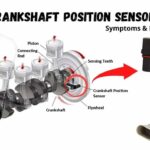 How to Replace the Crankshaft Position Sensor on a Nissan Xterra
How to Replace the Crankshaft Position Sensor on a Nissan XterraOEM and Aftermarket Oxygen Sensor Options
For best results, we recommend choosing OEM-grade or high-quality aftermarket sensors. Compatible brands include:
- Bosch 15733 / 15727
- Denso 234-4209 / 234-9010
- NTK / NGK 24502
- Delphi ES20104
These sensors fit most 3.3L and 4.0L Xterra engines from 2000 to 2015. Always confirm part number compatibility by VIN before purchase.
Cost of Oxygen Sensor Replacement
| Component | Estimated Cost (USD) | Notes |
|---|---|---|
| Oxygen Sensor (OEM) | $60–$120 | Per sensor |
| Labor | $75–$150 | Depending on shop |
| Total Replacement | $135–$270 | Average range |
Replacing both sensors may double the cost, but it’s often recommended if both have similar mileage.
Preventive Tips to Extend Sensor Life
- Use high-quality fuel to reduce soot buildup.
- Perform regular oil changes and maintain the air filter.
- Avoid running the engine with a rich fuel mixture for long periods.
- Inspect exhaust system for leaks or loose connections.
These practices help prevent premature contamination and ensure accurate sensor readings.
Conclusion
A properly functioning oxygen sensor is essential to keep your Nissan Xterra running smoothly, efficiently, and cleanly. Replacing a worn sensor not only restores performance but also prevents long-term damage to critical components like the catalytic converter and spark plugs.
You may be interested in reading Nissan Xterra Oil Change Guide (2005–2015): Complete Step-by-Step Procedure for the VQ40DE Engine
Nissan Xterra Oil Change Guide (2005–2015): Complete Step-by-Step Procedure for the VQ40DE Engine How to Replace the Crankshaft Position Sensor on a Nissan Xterra
How to Replace the Crankshaft Position Sensor on a Nissan Xterra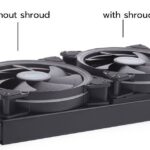 How to Replace the Alternator on a 2005–2015 Nissan Xterra: Complete Step-by-Step Guide
How to Replace the Alternator on a 2005–2015 Nissan Xterra: Complete Step-by-Step GuideTimely maintenance and quality replacement parts are key to ensuring your Xterra continues to deliver its rugged reliability for years to come.
If you want to know other articles similar to Nissan Xterra Oxygen Sensor: Complete Guide to Location, Symptoms, and Replacement you can visit the category Service and Parts.
Deja una respuesta

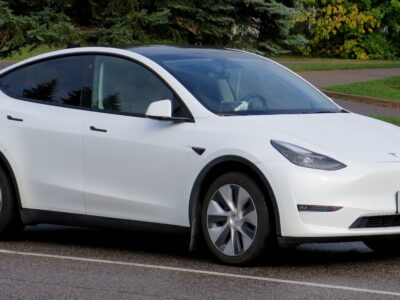
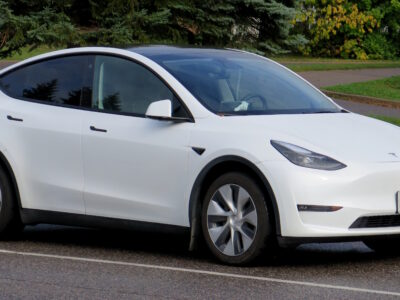
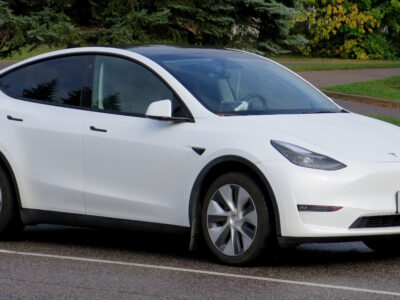
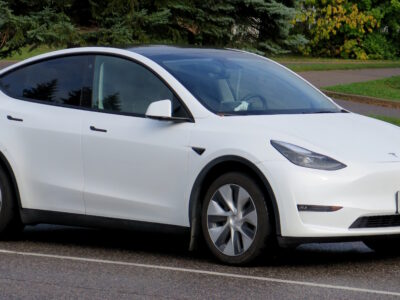
More content of your interest